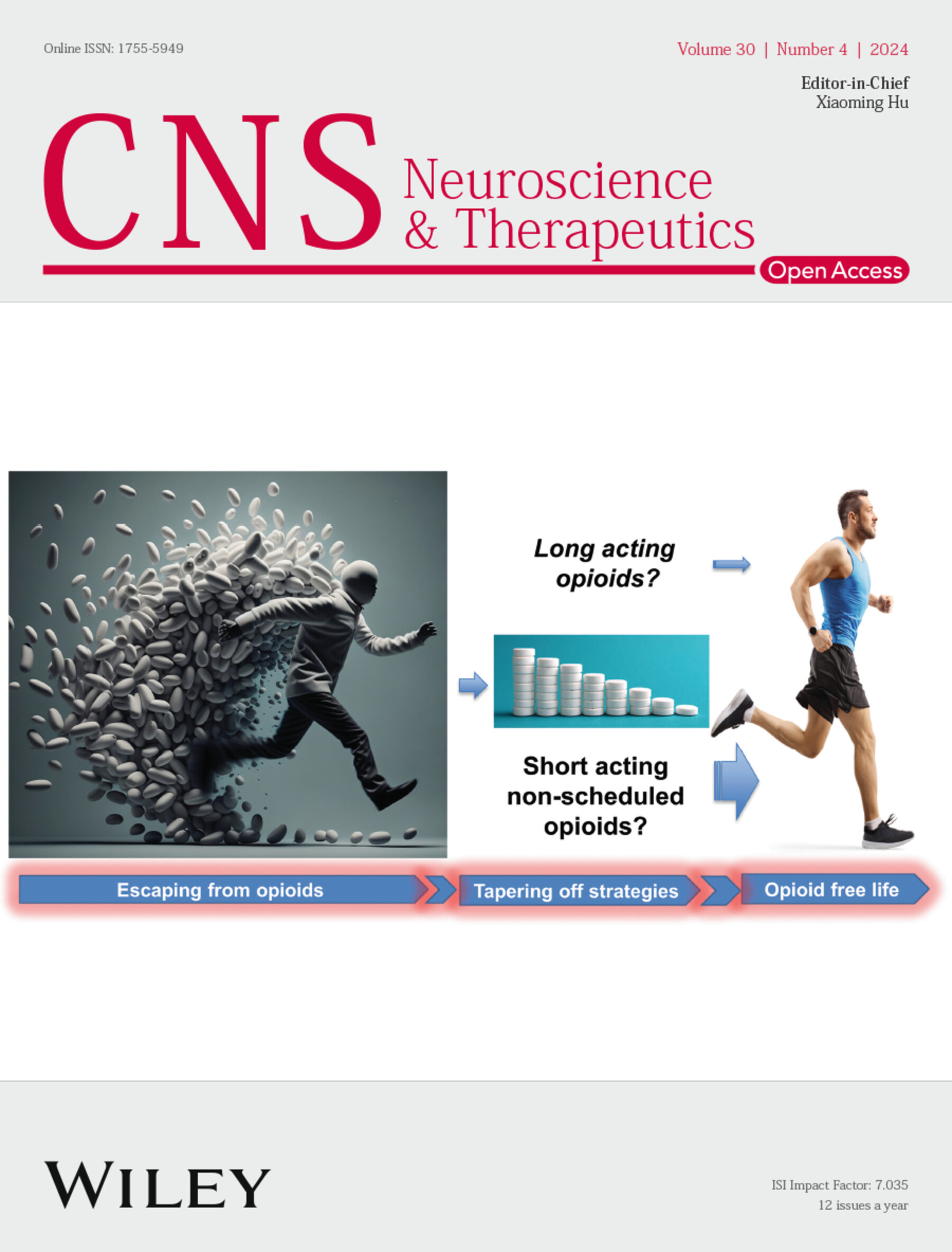Oral 7,8-Dihydroxyflavone Protects Retinal Ganglion Cells by Modulating the Gut-Retina Axis and Inhibiting Ferroptosis via the Indoleacrylic Acid-AhR-ALDH1A3-FSP1 Pathway
Abstract
Objectives
7,8-Dihydroxyflavone (7,8-DHF) activates the TrkB receptor, offering neuroprotection, yet its pharmacological limitations restrict its safe and effective delivery to the eye and brain, impeding clinical translation. This study explores the protective effects of oral 7,8-DHF on retinal ganglion cells (RGCs) by inhibiting ferroptosis and investigates the involvement of the gut-retina axis, particularly the Indoleacrylic acid (IDA)-AhR-ALDH1A3-FSP1 pathway, with potential clinical implications.
Methods
To evaluate the neuroprotective effects of oral 7,8-DHF, retinal 3D cultures were used for axon regeneration and GCL cell apoptosis, and ONC models for RGC survival and electrophysiology. Mechanisms were investigated by assessing ferroptosis-related proteins via Western blotting, screening differential metabolites in PC12 cells, analyzing mitochondrial changes with TEM, evaluating gut microbiota shifts, and examining metabolite changes in retina and feces.
Results
Oral 7,8-DHF enhanced RGC survival and retinal function in the ONC model by inhibiting ferroptosis, independent of TrkB activation. This effect was blocked by antibiotics and AHR, ALDH1A3, and FSP1 inhibitors. Metabolomics showed increased IDA in retina and feces, with IDA inhibiting ferroptosis in PC12 cells and promoting axonal regeneration in retinal explants. Western blot revealed upregulation of nAhR and ALDH1A3, while non-FSP1 ferroptosis proteins were unaffected. 7,8-DHF also altered gut microbiota, increasing Parasutterella, which correlated with higher IDA levels.
Conclusions
7,8-DHF regulates the gut microbiota to increase IDA levels in the intestine, which subsequently leads to the accumulation of IDA in the retina. This activates the AhR-ALDH1A3-FSP1 axis in the retina, thereby inhibiting retinal ferroptosis and exerting neuroprotective effects.


 求助内容:
求助内容: 应助结果提醒方式:
应助结果提醒方式:


